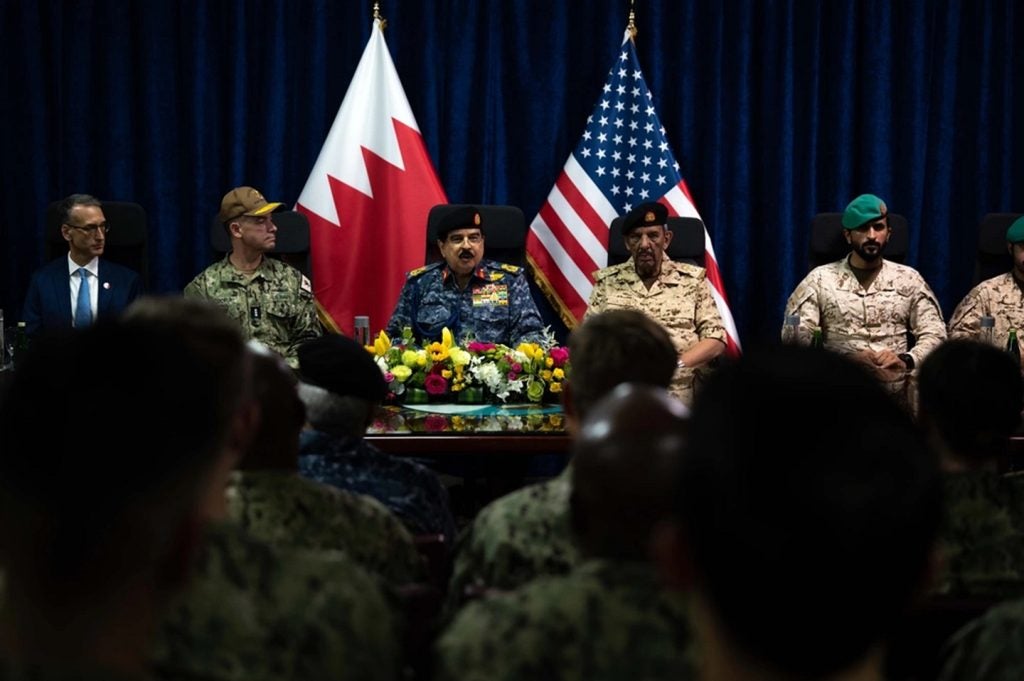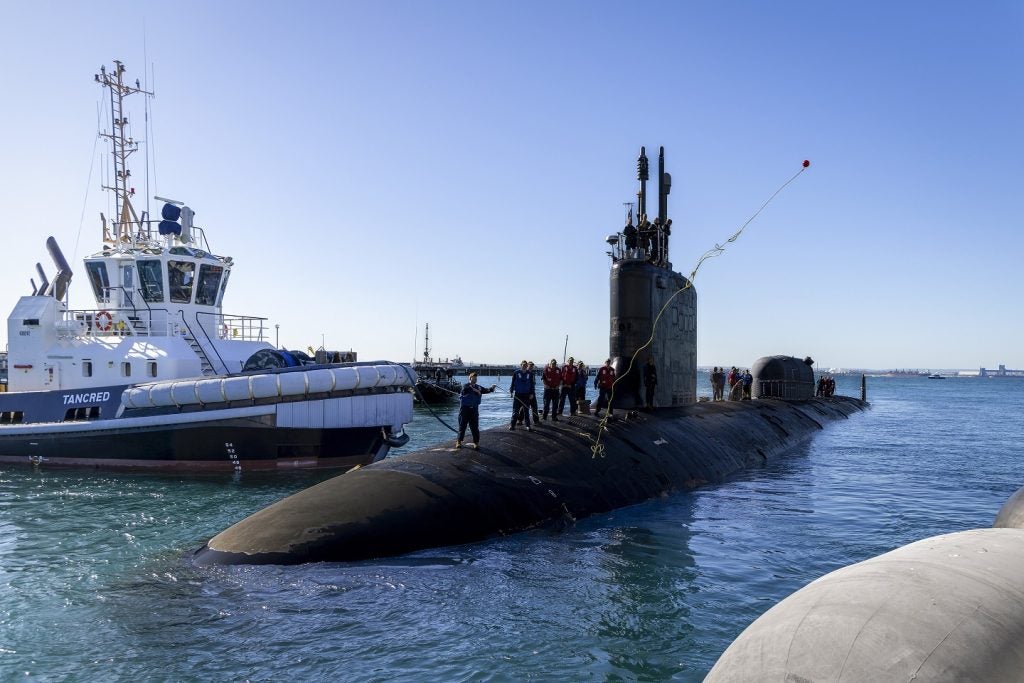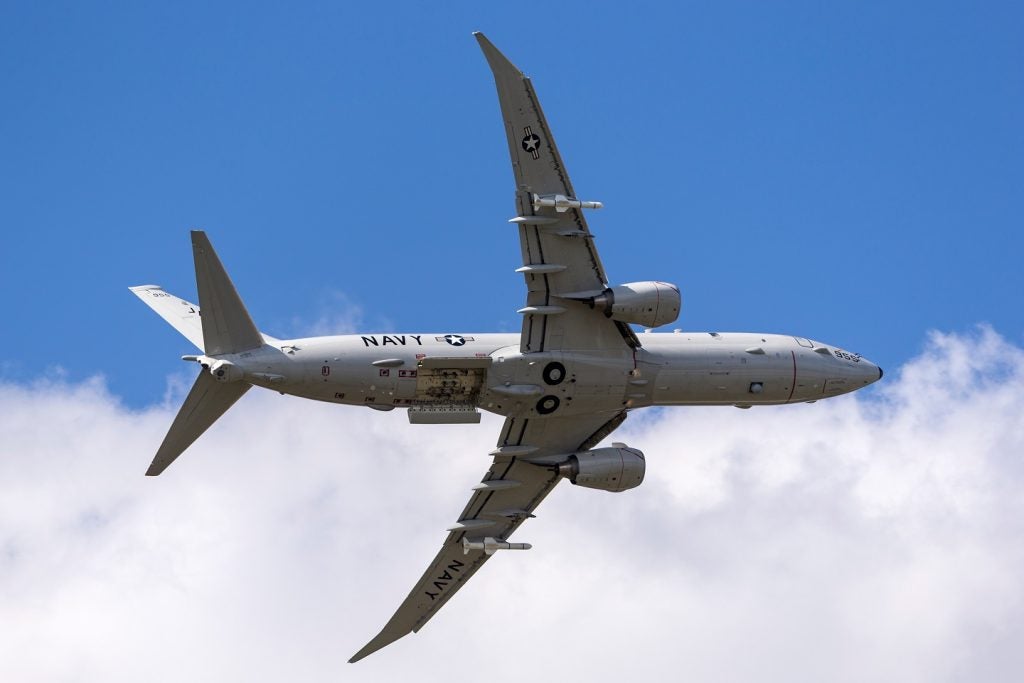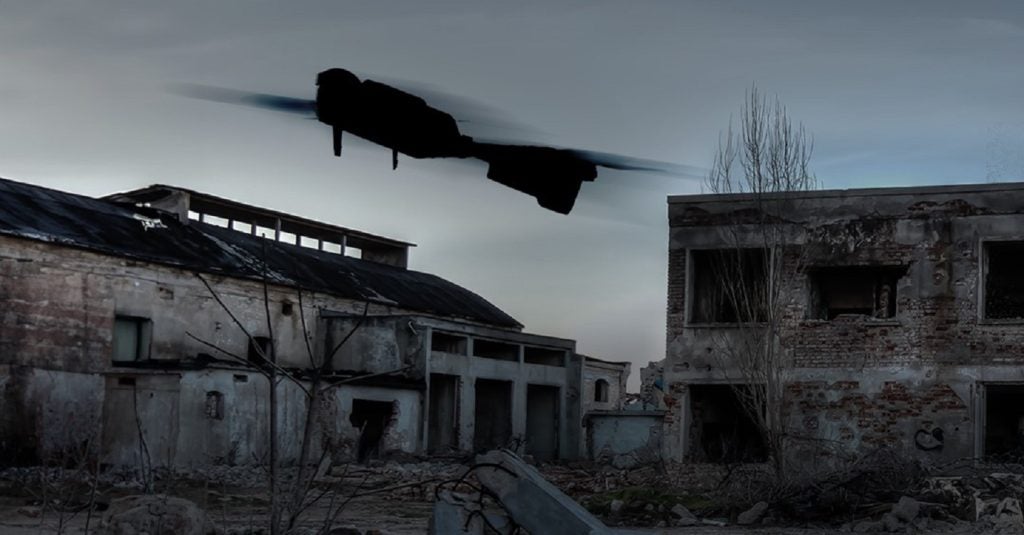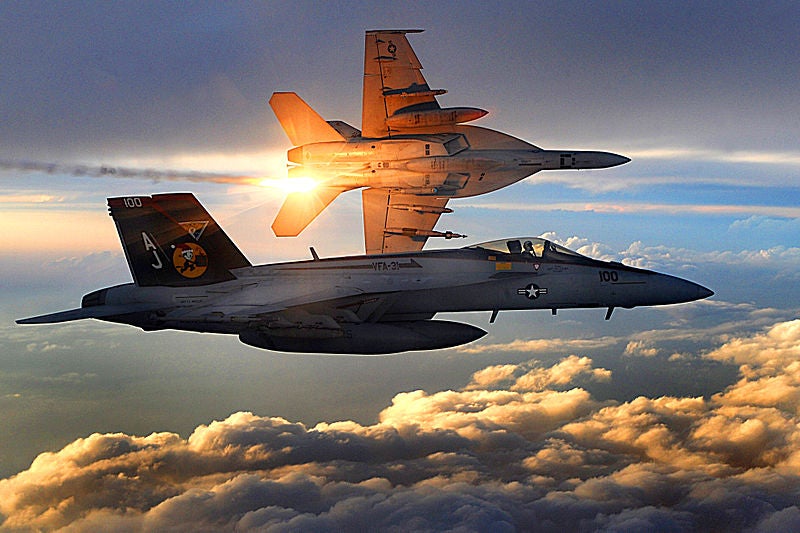
Boeing has awarded a new contract for phase II of the US Navy’s F/A-18E/F Super Hornet Block II infrared search and track (IRST) programme.
Awarded to Lockheed Martin, the contract covers the complete development, platform integration, flight test and qualification of the IRST21 sensor technology for the Block II Super Hornet multirole fighter aircraft.
The new sensor system uses the latest infrared search and track technology that helps improve the detection, tracking and ranging capabilities of the IRST sensor system.
With these capabilities, the sensor technology will be able to passively detect and track airborne threats in challenging scenarios.
Lockheed Martin Missiles and Fire Control Sensors vice-president Michael Williamson said: “We are continuing a long legacy of delivering unmatched sensor technologies to our customers around the globe.
“The IRST21 sensor system provides US Navy F/A-18E/F operators with superior detection and survivability capabilities.”
How well do you really know your competitors?
Access the most comprehensive Company Profiles on the market, powered by GlobalData. Save hours of research. Gain competitive edge.

Thank you!
Your download email will arrive shortly
Not ready to buy yet? Download a free sample
We are confident about the unique quality of our Company Profiles. However, we want you to make the most beneficial decision for your business, so we offer a free sample that you can download by submitting the below form
By GlobalDataSuitable for use both by the US Navy and the US Air Force (USAF), the Lockheed Martin sensor will offer critical combat capabilities to meet any threat and directly support the US Combatant Commanders’ operational demands.
The technology is fitted on the nose of the F/A-18E/F combat jet’s centreline fuel tank, while it is fitted in the Legion Pod on other fighter and on-fighter aerial platforms.
Currently, the IRST is in full-rate production and has logged more than 300,000 flight hours on the US Navy’s F-14 and F/A-18E/F fighters, international F-15 jets, as well as the USAF’s F-15C and F-16 platforms.
The US Navy’s F/A-18E/F Super Hornet maritime strike attack aircraft is armed with 11 weapon stations, which include two additional wing store stations. It helps support a complete range of armaments, including AIM-9 Sidewinder, AIM-7 Sparrow, and AIM-120 AMRAAM air-to-air missiles.
Manufactured by Boeing, Block II aircraft is fitted with a redesigned forward fuselage, which has fewer parts, in addition to changes to the aircraft’s nose to accommodate the Raytheon APG-79 active electronically scanned array (AESA) radar.



